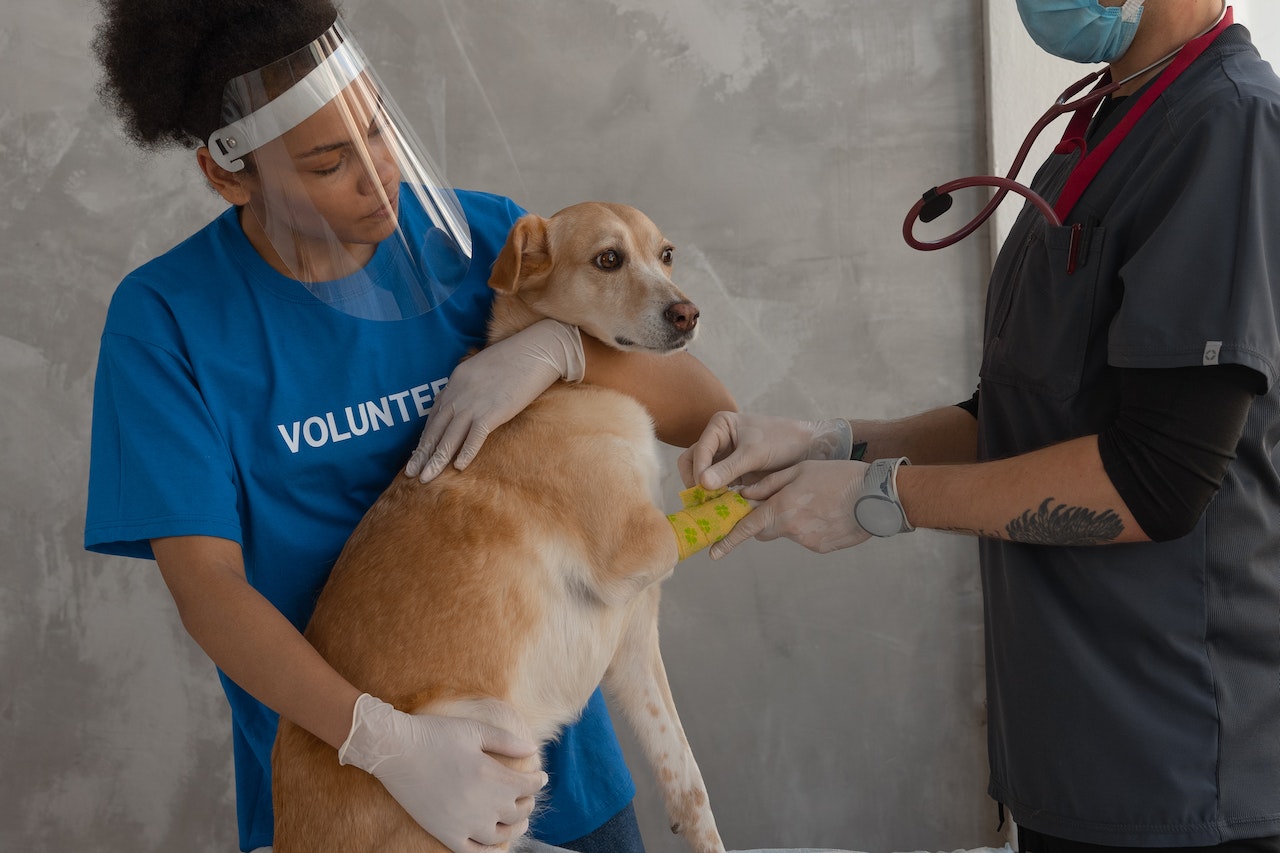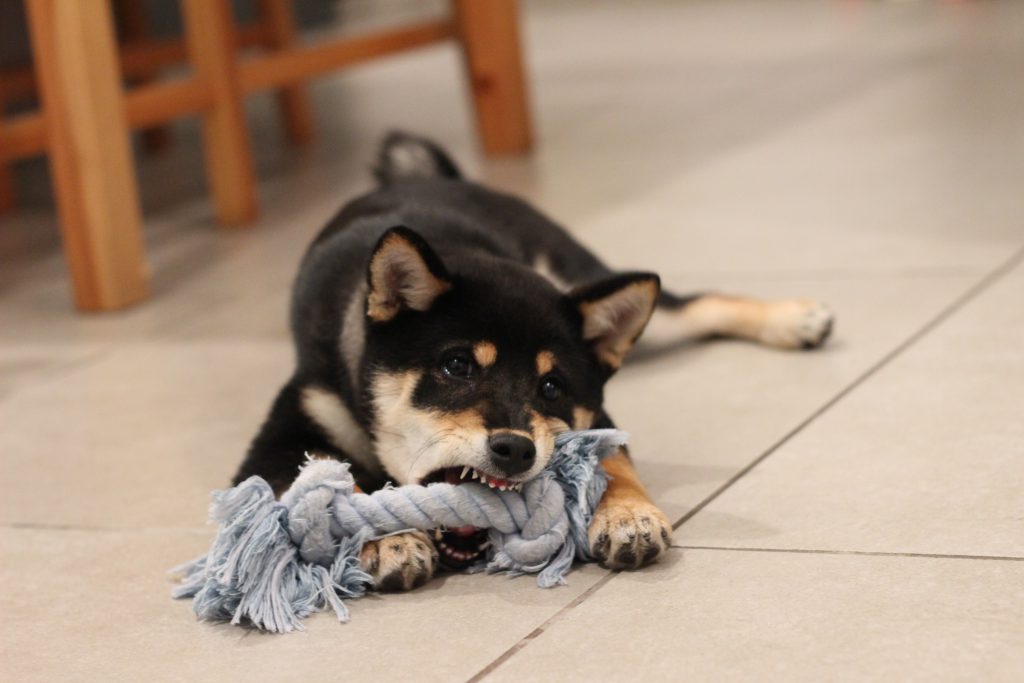 When our pets are injured or sick, we tend to give them more love and attention. Could this be an excuse for them to pretend they have a medical condition?
When our pets are injured or sick, we tend to give them more love and attention. Could this be an excuse for them to pretend they have a medical condition?
Signs that a Dog is Faking an Injury

Signs of lethargy include weakness, lack of interest, hunger or movement and whining. A dog that isn’t around you or thinks they are alone may leave the situation.
Dogs that claim to be hurt might limp but not with the same intensity. Dog owners who have seen this happen to their dogs have reported that symptoms disappear when they believe they are alone. You should also check their tail. Dogs might have more fun if they are wagging their tails than they realize.
It is important to distinguish deceptive behavior from the signs and symptoms of injury. Your dog may show improvement quickly if you fear going to the vet.
History of Dogs Faking Injury

You may have heard about the dog who faked illness in order to prevent his owners from working. Although it sounds like a joke, this is what actually happened to Sully and his owners in Utah. Sully developed what appeared to be a hacking cough. However, after an investigation by the vet, it was revealed that he had actually been suffering from a serious condition. Sully was faking it all to get attention!
This is just one example of dog deceit. Some dogs have imitated their injured siblings on multiple occasions.
These cases can often be attributed to a dog’s need to be attended to by animal behavior specialists. While it might look like human behavior, evidence shows that dogs can act as actors.
Science of Dogs Fakes Injury
Dogs thrive on routine. Dogs thrive on routine and can often make associations between actions and outcomes. Consider housetraining as one of their first lessons when they arrive at their new home. You will take your dog outside regularly and reward good behavior. Although dogs don’t fully understand why they must answer the call of the outside world, they will eventually learn to associate being let out with doing their business and getting positive feedback.

Dogs that see their sibling recover from injury or serious illness will be more affectionate towards their owners. Dogs might then copy the behavior they are familiar with to get extra attention.
Training dogs to stop causing injuries
We have seen that canine behavior is influenced by cause-and-effect pathways. It can be difficult to redirect a dog’s behavior once they have made an association between an act and a result. But it is possible!
If your dog is sick, prevention is best. While we don’t discourage it, it is important to think about how your dog will react to changes in behavior. You shouldn’t give your dog too many treats during recovery. You should also make sure they don’t have access to furniture or other objects that are usually reserved for humans.
Dogs can pick up on how you respond to other dogs. You should keep your other pets away while you do this.
Your dog should stop being a persistent faker. It can be difficult to recognize deceptive behavior but it is possible. It is important to only pay attention to your dog when they behave normally. This will help them stop relating fake symptoms to the affection that they want.